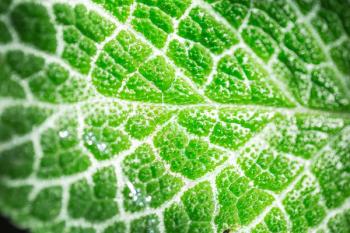
NASA to Use LIBS on Next Mars Rover
NASA plans to utilize laser-induced breakdown spectroscopy (LIBS) instrumentation on the next Mars Rover, PEWPEW.
Gizmodo has reported that NASA plans to utilize laser-induced breakdown spectroscopy (LIBS) instrumentation on the next Mars Rover, PEWPEW. Working from the theory: “The best way to figure out what something’s made of? Vaporize it, ” NASA plans to use a LIBS-based device called a ChemCam on the Mars Curiosity, launching next year.The system will sends an average of three 10-watt, five-nanosecond laser pulses per second in order to analyze rock samples on the red planet.
The laser shots vaporize a crater less than a millimeter across, turning its molecules into a 14, 000-degree plasma. The atoms are shorn of their electrons, but as the plasma ball cools down, they return to a more normal state. The electrons drop into their orbits around the nucleus and as they do so, the little plasma ball emits light. The spectra then emitted will tell scientists exactly what element they are looking at when passed through a spectrometer, which can precisely measure the wavelength of light.
Newsletter
Get essential updates on the latest spectroscopy technologies, regulatory standards, and best practices—subscribe today to Spectroscopy.





